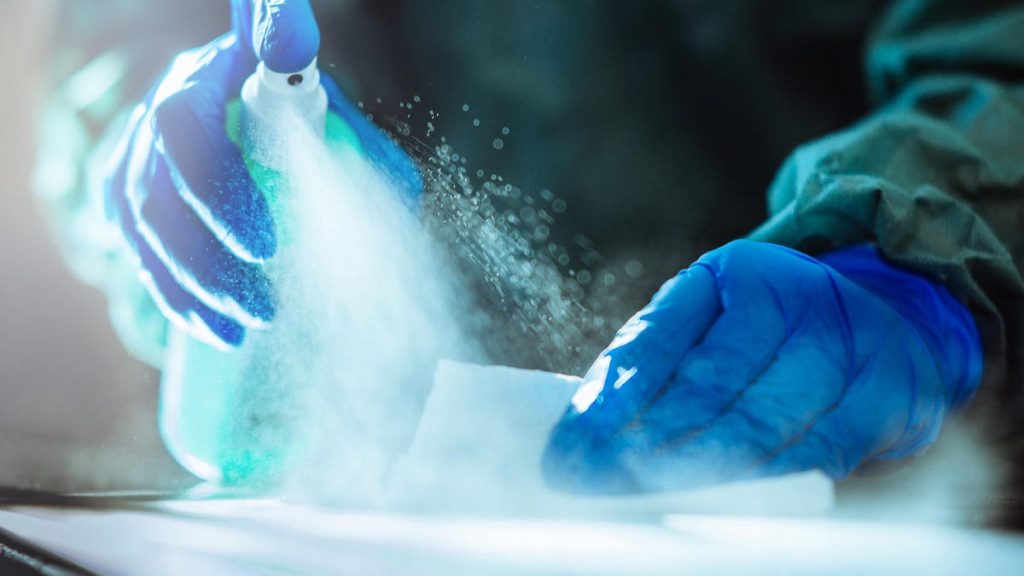Mold is a fungus that can grow quickly and go unseen in your home if not removed immediately. Moisture provides the ideal conditions for mold to thrive, so it’s essential to check for mold regularly, especially in areas that are prone to humidity or leaks. Signs of mold in your home include a musty odor, stains on walls, visible mold, and allergic reactions such as congestion and sneezing. Common areas where mold can hide in homes include air conditioning units, attics, basements, bathrooms, behind walls, kitchens, and laundry rooms.
To get rid of mold in your house, it’s important to first identify and address the source of moisture, such as leaks or humidity issues. Wear protective gear like gloves and a mask when cleaning mold to avoid touching or inhaling it. Clean mold off hard surfaces with soap and water, avoiding the use of bleach as it can be harmful. Dry the area quickly after cleaning and ensure sufficient air circulation by using fans and opening windows. If the mold is on a soft surface like carpet or drywall and can’t be dried within 24 to 48 hours, it may need to be replaced. For widespread mold or areas larger than 10 square feet, it’s best to consult a professional for assistance.
Preventative measures to keep mold away include controlling moisture levels in your home and inspecting for leaks regularly. Avoid laying carpet on damp surfaces like cement floors, as this can lead to mold growth. Maintain humidity levels below 60% to prevent mold from thriving. Using a humidity meter inside your home can help you monitor levels. By following these tips and staying vigilant about potential sources of mold growth, you can help keep your home free from mold and protect your health.


